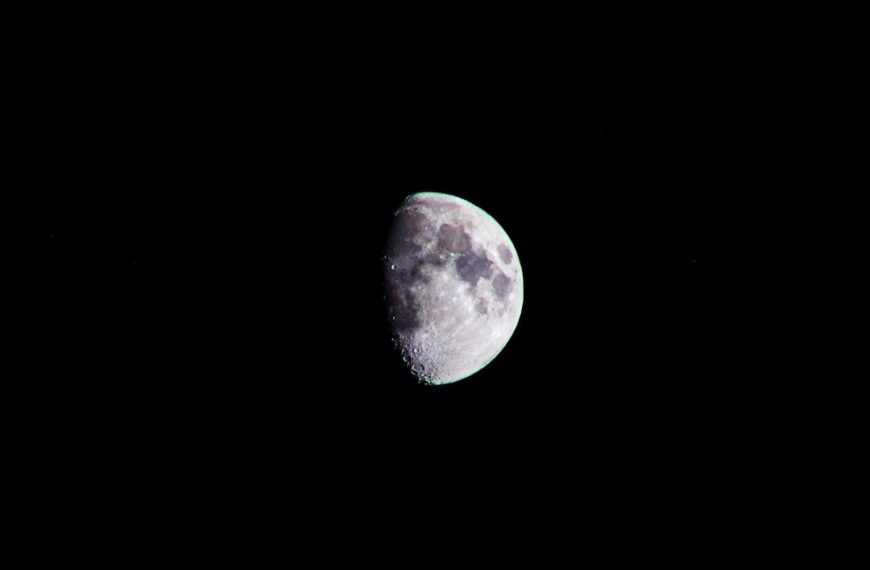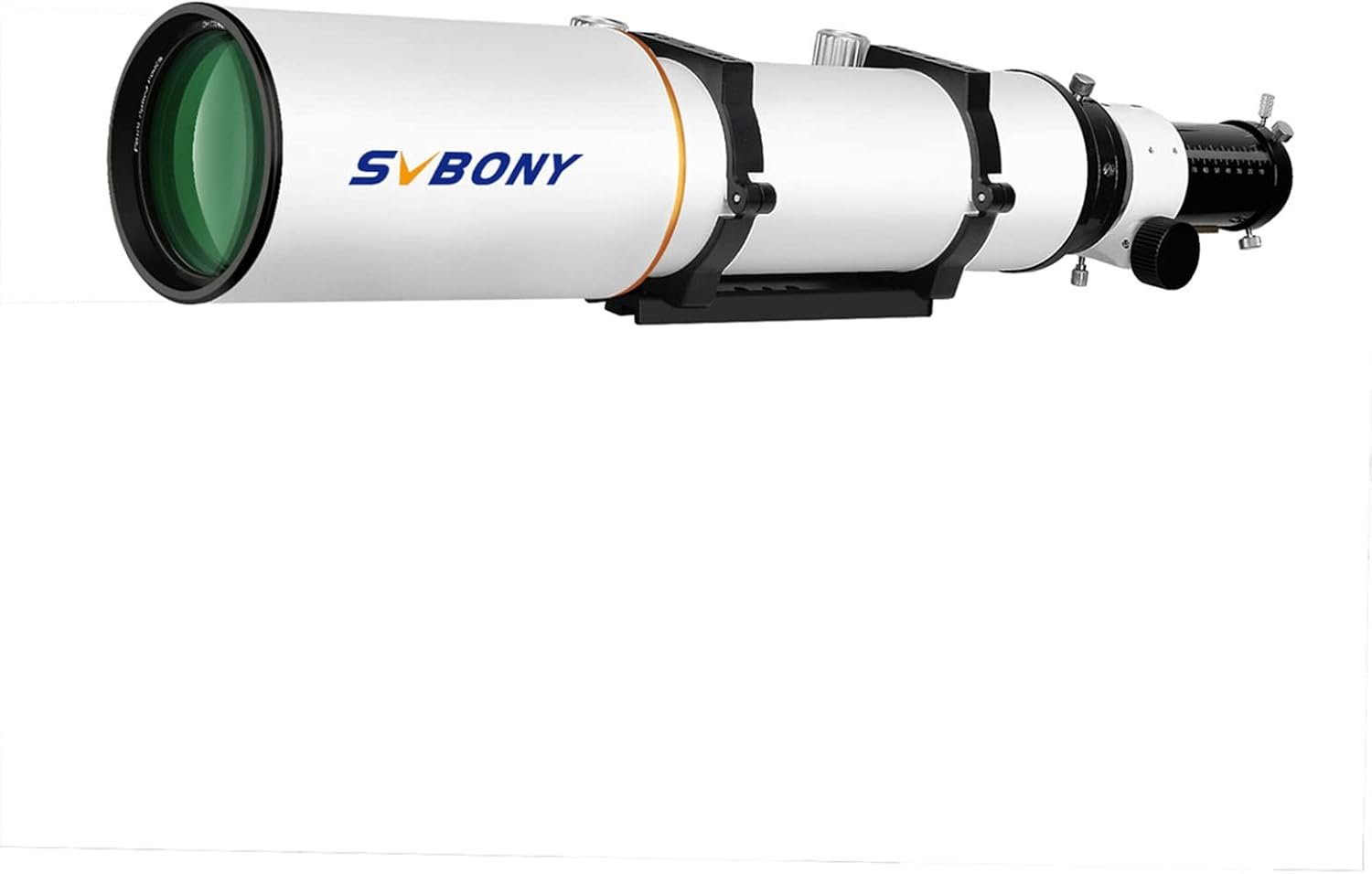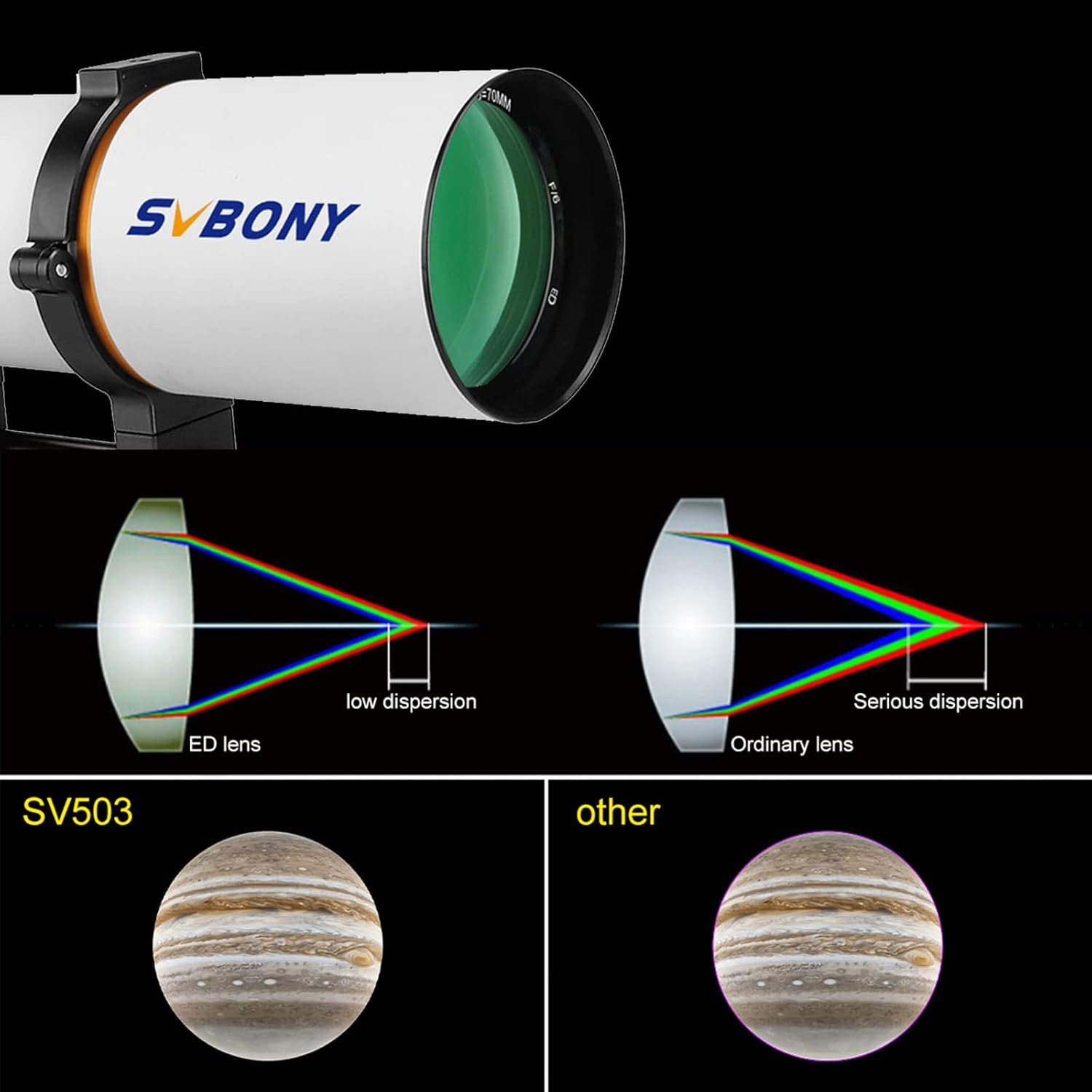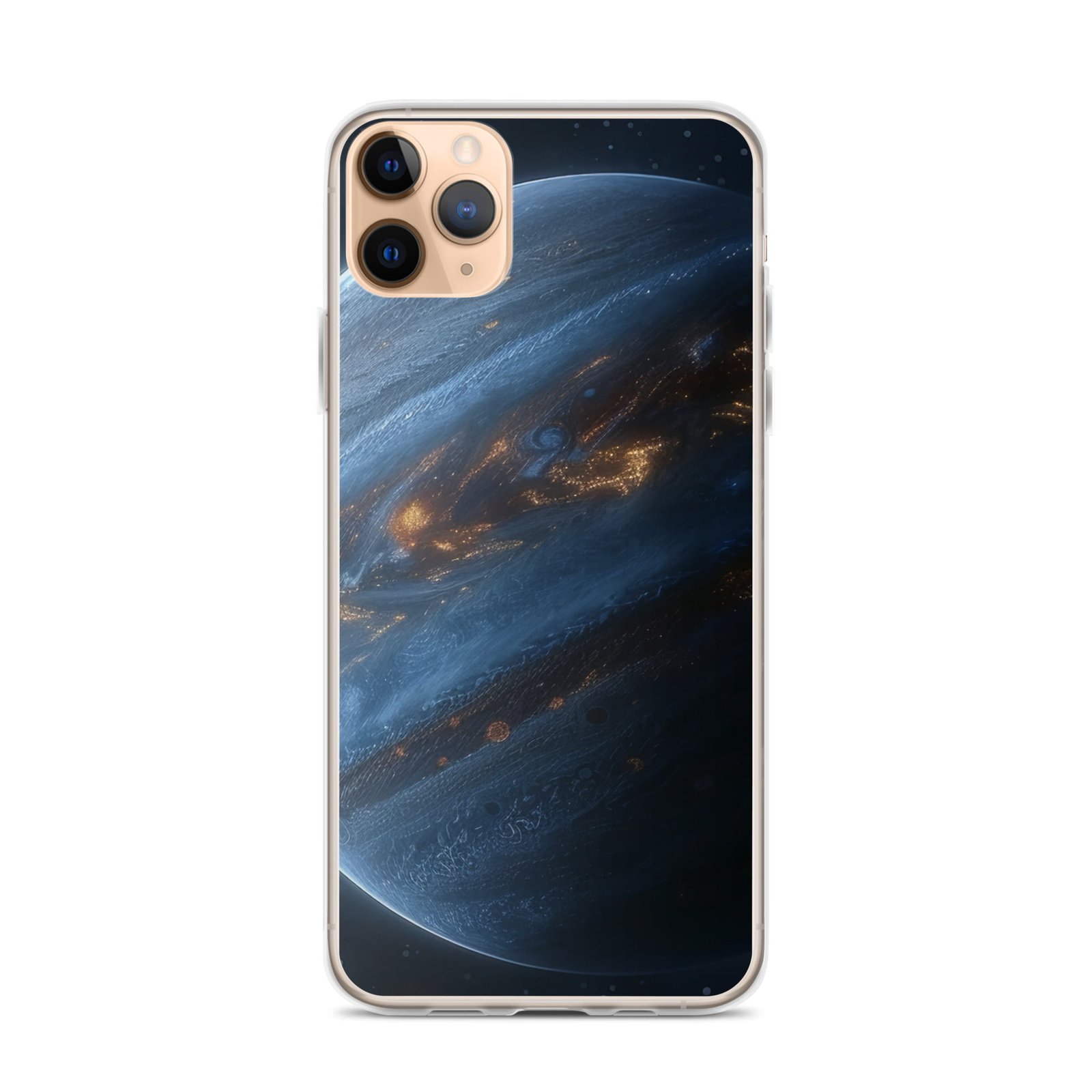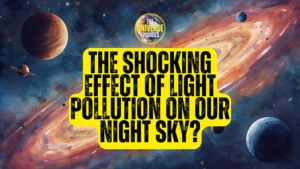Hercules–Corona Borealis Great Wall: the largest known structure at 10 billion light-years, challenges cosmological models and theories.
Key Takeaways 📝
- The Hercules–Corona Borealis Great Wall, measuring approximately 10 billion light-years, is the largest known structure in the universe, challenging our current understanding of cosmic organization.
- A striking discovery from 2013 revealed a high concentration of gamma-ray bursts, leading astronomers to uncover the HCB as a colossal galactic filament, reshaping the landscape of cosmic structures.
- This article explores how the existence of the HCB contradicts the cosmological principle, suggesting that the universe may be more uneven and complex than previously believed.
- Understanding the HCB opens avenues for practical applications in astronomy, particularly in refining methods for mapping the universe and predicting the existence of other superstructures.
- The core message emphasizes that the discovery of the HCB not only enriches our knowledge of cosmic filaments but also invites us to rethink fundamental theories about the universe’s structure and evolution.
The Largest Structure in the Known Universe: The Hercules–Corona Borealis Great Wall
The universe is a vast and mysterious expanse, filled with wonders that challenge our understanding of space and time. Among these wonders, some structures stand out due to their sheer size and complexity. One such marvel is the Hercules–Corona Borealis Great Wall, the largest known structure in the universe. This blog post will take you on a journey through the cosmos to explore this colossal formation, its discovery, and its implications for our understanding of the universe.
What is the Hercules–Corona Borealis Great Wall?
The Hercules–Corona Borealis Great Wall, often abbreviated as HCB, is a galactic filament—a vast group of galaxies bound together by gravity. This superstructure stretches approximately 10 billion light-years across, making it the largest known structure in the observable universe. To put this into perspective, the observable universe itself is about 93 billion light-years in diameter, so the HCB occupies a significant portion of it.
The Discovery of the Great Wall
The discovery of the Hercules–Corona Borealis Great Wall was a monumental achievement in the field of astronomy. It was first identified in November 2013 by a team of American and Hungarian astronomers, including István Horváth, Jon Hakkila, and Zsolt Bagoly. The team made this groundbreaking discovery while analyzing data from the Swift Gamma-Ray Burst Mission, along with other data from ground-based telescopes.The key to discovering the HCB was the mapping of gamma-ray bursts (GRBs). These bursts are intense flashes of gamma rays, which are the most energetic form of light. They occur when massive stars collapse or when neutron stars collide. The team noticed an unusually high concentration of GRBs at similar distances, indicating the presence of a massive structure.
The Significance of the Discovery
The discovery of the Hercules–Corona Borealis Great Wall has profound implications for our understanding of the universe. It challenges existing cosmological models, which suggest that such large structures should not exist. According to the cosmological principle, the universe should be homogeneous and isotropic on large scales, meaning that matter should be evenly distributed. However, the existence of the HCB suggests that there may be more massive structures out there, waiting to be discovered.
How Does the Great Wall Compare to Other Cosmic Structures?
While the Hercules–Corona Borealis Great Wall is the largest known structure, it is not the only colossal formation in the universe. Let’s take a look at some other notable cosmic structures:
The BOSS Great Wall
The BOSS Great Wall is another massive structure, a supercluster of galaxies over 1 billion light-years across. It is estimated to have a mass 10,000 times greater than our Milky Way. Although it is a significant structure, it is dwarfed by the Hercules–Corona Borealis Great Wall.
The Giant Arc and Big Ring
Recent discoveries have introduced the Giant Arc and the Big Ring, which are also massive structures in the universe. The Giant Arc spans 3.3 billion light-years, while the Big Ring has a diameter of 1.3 billion light-years. These structures challenge existing cosmological models and suggest the possibility of even larger formations.
The Role of Gamma-Ray Bursts in Cosmic Discoveries
Gamma-ray bursts have played a crucial role in the discovery of the Hercules–Corona Borealis Great Wall. These bursts are among the most energetic events in the universe, releasing more energy in a few seconds than the Sun will emit in its entire lifetime. By mapping the distribution of GRBs, astronomers can identify regions of the universe with unusually high concentrations of these events, indicating the presence of massive structures.
The Challenges of Studying Cosmic Structures
Studying cosmic structures like the Hercules–Corona Borealis Great Wall presents several challenges. First, the sheer size of these structures makes them difficult to observe in their entirety. Astronomers must rely on indirect methods, such as mapping the distribution of GRBs, to infer their existence.Second, the vast distances involved make it challenging to obtain detailed observations. Light from the HCB takes about 10 billion years to reach us, meaning we are observing it as it was 10 billion years ago. This time delay complicates our understanding of the structure’s current state.
The Future of Cosmic Exploration
As astronomical techniques and technologies advance, our understanding of colossal structures like the Hercules–Corona Borealis Great Wall will continue to evolve. Future missions, such as the THESEUS mission, aim to provide further confirmation of the HCB’s existence and explore other potential superstructures in the universe.
The Implications for Cosmology
The existence of the Hercules–Corona Borealis Great Wall has significant implications for cosmology, the study of the universe’s origin, evolution, and ultimate fate. It challenges the cosmological principle and suggests that our understanding of the universe’s large-scale structure may be incomplete.
The Mystery of Cosmic Filaments
Cosmic filaments, like the Hercules–Corona Borealis Great Wall, are among the largest structures in the universe. They form part of the cosmic web, a vast network of interconnected filaments and voids that make up the large-scale structure of the universe. Understanding these filaments is crucial for unraveling the mysteries of the cosmos.
The Role of Dark Matter and Dark Energy
Dark matter and dark energy play a significant role in the formation and evolution of cosmic structures. Dark matter, which makes up about 27% of the universe’s mass-energy content, provides the gravitational scaffolding for galaxies and galaxy clusters to form. Dark energy, which accounts for about 68% of the universe’s mass-energy content, drives the accelerated expansion of the universe.
The Search for Other Superstructures
The discovery of the Hercules–Corona Borealis Great Wall raises the possibility that there may be other, even larger structures in the universe. Astronomers continue to search for these superstructures, using advanced telescopes and data analysis techniques to map the distribution of galaxies and GRBs.
The Impact on Our Understanding of the Universe
The discovery of the Hercules–Corona Borealis Great Wall has a profound impact on our understanding of the universe. It challenges existing cosmological models and suggests that the universe may be more complex and diverse than previously thought.
The Wonder of the Cosmos
The Hercules–Corona Borealis Great Wall is a testament to the wonder and mystery of the cosmos. It reminds us of the vastness of the universe and the incredible complexity of the structures within it. As we continue to explore the universe, we are sure to uncover even more astonishing discoveries.
Final Thoughts
The Hercules–Corona Borealis Great Wall is the largest known structure in the universe, stretching approximately 10 billion light-years across. Its discovery challenges our understanding of the universe’s large-scale structure and raises intriguing questions about the nature of cosmic filaments and the role of dark matter and dark energy. As we continue to explore the cosmos, we are sure to uncover even more astonishing discoveries that will reshape our understanding of the universe.
FAQs
What is the Hercules–Corona Borealis Great Wall?
The Hercules–Corona Borealis Great Wall is the largest known structure in the universe, a galactic filament stretching approximately 10 billion light-years across.
How was the Hercules–Corona Borealis Great Wall discovered?
It was discovered in November 2013 by a team of astronomers analyzing data from the Swift Gamma-Ray Burst Mission and other ground-based telescopes.
Why is the Hercules–Corona Borealis Great Wall significant?
Its discovery challenges existing cosmological models and suggests that the universe may contain even larger structures than previously thought.
What role do gamma-ray bursts play in cosmic discoveries?
Gamma-ray bursts help astronomers identify regions of the universe with high concentrations of these events, indicating the presence of massive structures.
What are the implications of the Hercules–Corona Borealis Great Wall for cosmology?
It challenges the cosmological principle and suggests that our understanding of the universe’s large-scale structure may be incomplete.







